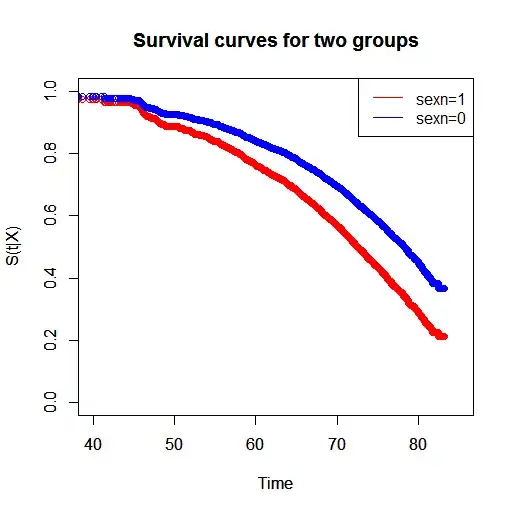While I've read "Variational Inference with Normalizing Flows" (abstract), I don't understand about an intuition of Planar Flow.
The author defined Planar Flow as below
Let $\boldsymbol{w} \in \mathbb{R}^D, \boldsymbol{u} \in \mathbb{R}^D, > b \in \mathbb{R}$ and $h(\cdot)$ be a smooth element-wise non-linearity.
Then the following formula is Planar Flow$$\begin{array}{c} f(\mathbf{z}) = \mathbf{z} + \mathbf{u}h(\mathbf{w}^T\mathbf{z}+b) \\ \psi(\mathbf{z})=h^{\prime}\left(\mathbf{w}^{\top} \mathbf{z}+b\right) \mathbf{w} \\ |\operatorname{det} \frac{\partial f}{\partial \mathbf{z}}|=| \operatorname{det}\left(\mathbf{I}+\mathbf{u} \psi(\mathbf{z})^{\top}\right)|=| 1+\mathbf{u}^{\top} \psi(\mathbf{z}) | \quad (1)\end{array}$$
The author said that
The flow defined by the transformation (1) modified the initial density $q_0$ by applying a series of contractions and expansions in the direction perpendicular to the hyperplane $\mathbf{w}^T\mathbf{z}+b=0$.
I couldn't understand that why the transformation (1) move the vector $\mathbf{z}$ along the direction perpendicular to the hyperplane $\mathbf{w}^T\mathbf{z}+b=0$.
Would anybody elaborate this?
